Portfolio for creatives is a stage where skills and talents take center stage, showcasing the brilliance of individuals in the creative realm. It’s a narrative that unfolds with captivating visuals, thought-provoking concepts, and a touch of inspiration.
From online masterpieces to tangible portfolios, each format serves as a canvas for creatives to paint their professional journey. Dive into the world of portfolio creation and discover the art of presenting your creative genius.
Introduction
A portfolio for creatives is a collection of their best work that showcases their skills and talents. It is an essential tool for any creative professional, as it allows them to demonstrate their abilities to potential clients or employers.
A portfolio can include a variety of work, such as design projects, writing samples, or photography. It is important to choose pieces that best represent your skills and that are relevant to the field you are interested in. Your portfolio should also be well-organized and easy to navigate, so that potential clients or employers can quickly find the work they are interested in.
Importance of a Portfolio
There are many benefits to having a portfolio. A well-curated portfolio can help you:
- Showcase your skills and talents
- Demonstrate your creativity and originality
- Attract new clients or employers
- Build your credibility and reputation
- Get feedback on your work
Types of Portfolios
A portfolio is a collection of work that showcases your skills and experience. There are different types of portfolios, each with its own advantages and disadvantages. The best type of portfolio for you will depend on your individual needs and goals.
Here are some of the most common types of portfolios:
Online Portfolios
- Online portfolios are websites or online platforms that showcase your work. They are a great way to reach a global audience and share your work with potential clients or employers.
- Some popular online portfolio platforms include Behance, Dribbble, and Squarespace.
- When creating an online portfolio, it is important to choose a platform that is easy to use and that allows you to customize your portfolio to reflect your unique style.
Physical Portfolios
- Physical portfolios are traditional portfolios that are printed on paper. They are a good option if you want to present your work in a more personal way.
- Physical portfolios can be expensive to create, but they can also be very effective in showcasing your work.
- When creating a physical portfolio, it is important to choose high-quality materials and to present your work in a professional manner.
Niche-Specific Portfolios
- Niche-specific portfolios are portfolios that focus on a particular area of expertise. For example, you could create a portfolio that showcases your work in web design, graphic design, or photography.
- Niche-specific portfolios can be a good way to target potential clients or employers who are looking for someone with specific skills and experience.
- When creating a niche-specific portfolio, it is important to choose a niche that you are passionate about and that you have experience in.
Content of a Creative Portfolio

A creative portfolio is a curated collection of your best work that showcases your skills, experience, and creativity. It’s an essential tool for any creative professional, as it allows you to present your work in a professional and organized manner.
The content of your portfolio will vary depending on your specific field, but there are some essential elements that all portfolios should include:
Work Samples
The most important part of your portfolio is your work samples. These are examples of your best work that demonstrate your skills and abilities. When selecting work samples, it’s important to choose high-quality pieces that are relevant to the field you’re applying for.
Case Studies
Case studies are detailed descriptions of your work process and the results you achieved. They’re a great way to show potential employers how you approach creative challenges and how you can add value to their organization.
Testimonials
Testimonials from past clients or colleagues can help to add credibility to your portfolio. They’re a great way to show potential employers that you’re a skilled and experienced professional.
Design and Organization
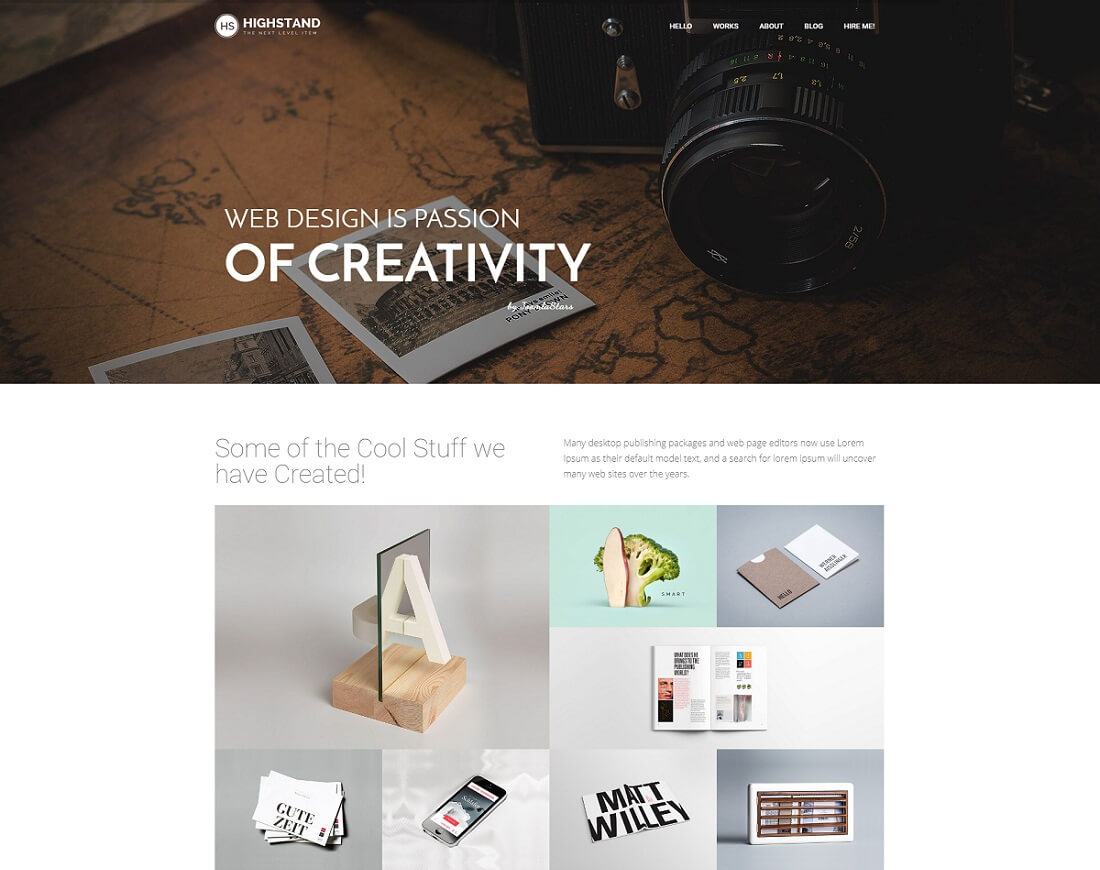
The visual appeal and organization of your portfolio are crucial for capturing attention and showcasing your creative skills effectively.
When designing your portfolio, consider the following best practices:
Layout
- Choose a layout that complements your work and aligns with your brand identity.
- Use white space effectively to enhance readability and visual appeal.
- Consider using grids or templates to create a cohesive and organized look.
Color Scheme
- Select a color scheme that reflects your brand and enhances the presentation of your work.
- Use colors sparingly and intentionally to avoid overwhelming the viewer.
- Ensure there is sufficient contrast between text and background colors for readability.
Typography
- Choose fonts that are legible, visually appealing, and consistent with your brand.
- Use a limited number of font styles to maintain a cohesive look.
- Consider using different font sizes and weights to create visual hierarchy.
Organizing your portfolio content effectively is equally important:
Organization
- Group similar projects or pieces into sections for clarity and ease of navigation.
- Use descriptive titles and captions to provide context for your work.
- Consider using a combination of text, images, and videos to present your work in a visually engaging way.
Online Portfolios
Online portfolios offer creatives an accessible and versatile platform to showcase their work and connect with potential clients or employers.
When creating an online portfolio, selecting the right platform is crucial. Consider factors such as ease of use, customization options, and visibility.
Choosing a Portfolio Platform
- WordPress:A versatile platform with extensive customization options and plugin support.
- Adobe Portfolio:A dedicated platform designed specifically for creatives, offering a range of templates and integration with Adobe Creative Cloud.
- Squarespace:A user-friendly platform with a variety of stylish templates and e-commerce features.
Optimizing for Search Engines
To increase the visibility of your online portfolio, consider optimizing it for search engines.
- Use relevant s:Include s in your portfolio’s title, descriptions, and content.
- Create backlinks:Reach out to other websites or blogs to request backlinks to your portfolio.
- Optimize images:Use descriptive file names and alt tags for images to improve accessibility and search engine visibility.
Physical Portfolios
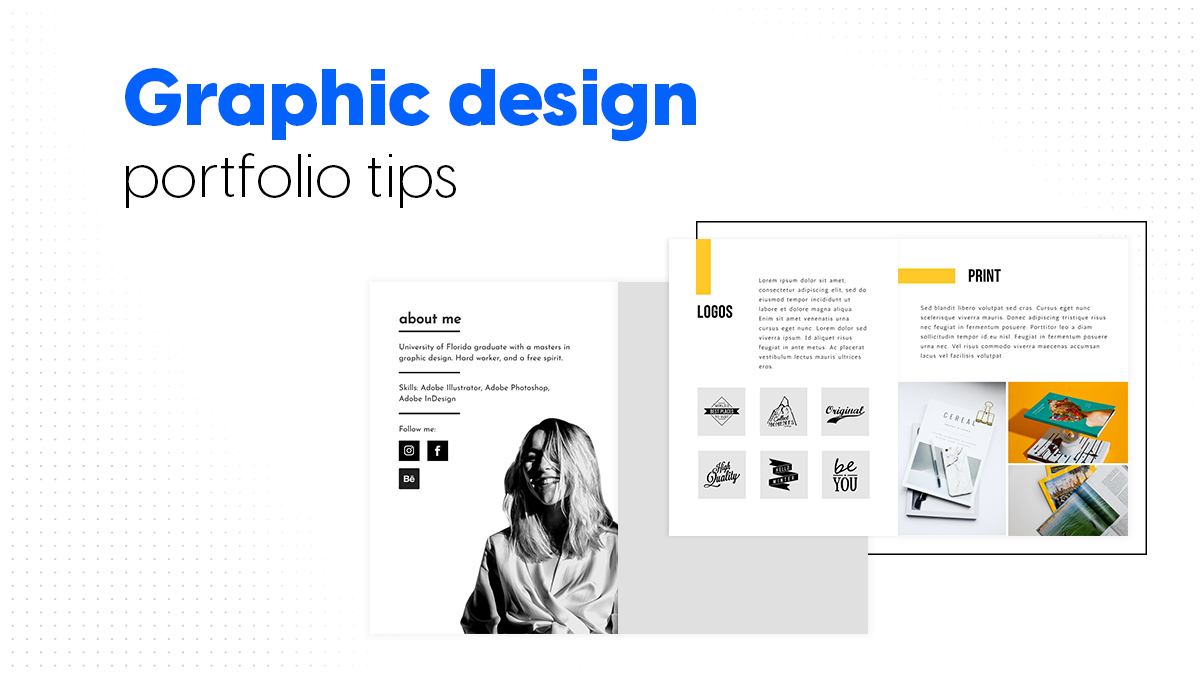
Physical portfolios are tangible collections of your creative work, presented in a physical format such as a binder, folder, or portfolio case. They offer a tactile experience that allows potential clients or employers to interact with your work directly.
A portfolio is a vital tool for any creative, showcasing your best work and demonstrating your unique style. But beyond the technical aspects, it’s also an expression of your creative nature. Whether it’s through the choice of colors, the arrangement of elements, or the overall tone, your portfolio reflects your artistic vision and personality.
Advantages of Physical Portfolios
Tactile experience
Physical portfolios provide a tangible way for viewers to engage with your work, allowing them to feel the texture of your materials and appreciate the details of your craftsmanship.
Personal connection
Meeting with a potential client or employer in person with a physical portfolio can create a more personal and memorable experience, fostering a stronger connection.
Flexibility
Physical portfolios can be easily customized and updated, allowing you to tailor them to specific audiences or projects.
Disadvantages of Physical Portfolios
Limited portability
Physical portfolios can be bulky and heavy, making them difficult to transport to meetings or presentations.
Susceptible to damage
Physical portfolios are more vulnerable to damage from spills, mishandling, or environmental factors.
Cost
Creating a professional-looking physical portfolio can be expensive, requiring materials, printing, and binding costs.
Tips for Designing and Presenting Physical Portfolios
Choose high-quality materials
Use durable materials that will protect your work and create a professional impression.
Organize your work logically
Group your work into categories or projects, and arrange it in a way that makes it easy for viewers to navigate.
Include a cover letter or introduction
Provide a brief overview of your work and highlight any relevant skills or experience.
Use high-resolution images
Ensure that your images are clear and well-lit, showcasing your work in its best light.
Consider the overall presentation
Pay attention to the aesthetics of your portfolio, including the design, layout, and typography.
Niche-Specific Portfolios
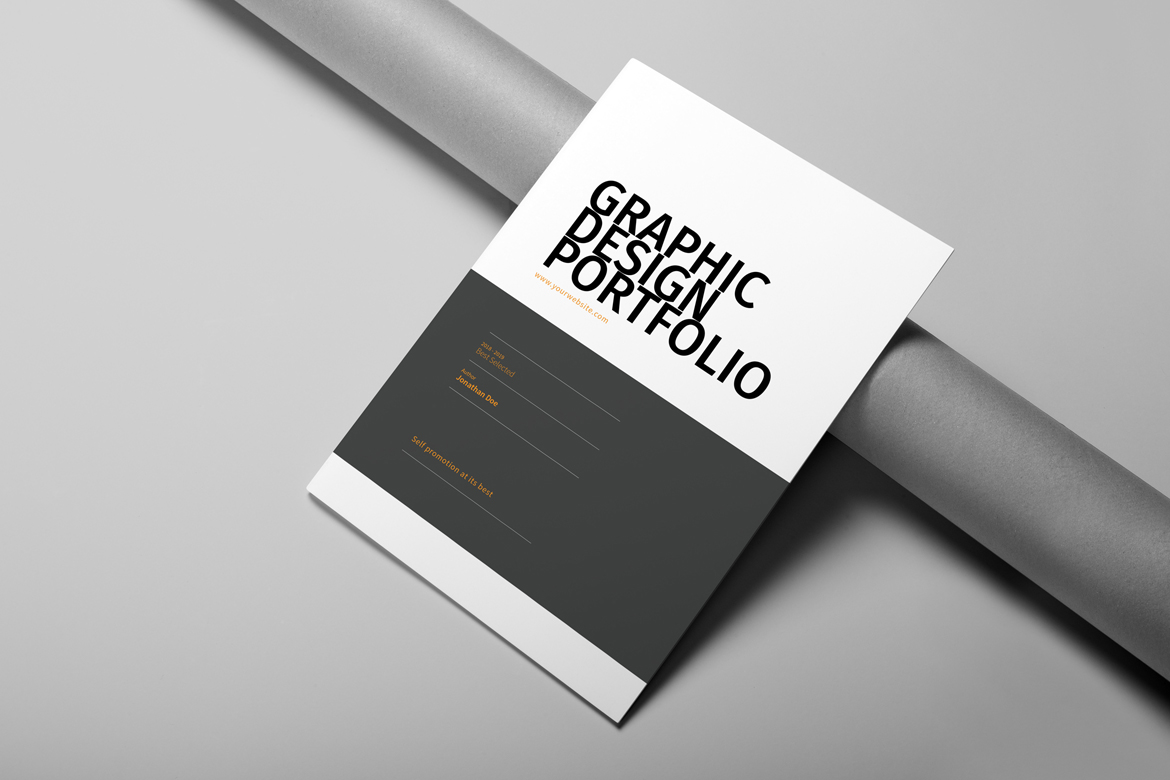
In today’s competitive job market, it’s crucial for creatives to showcase their work in a way that resonates with potential employers. Niche-specific portfolios allow you to tailor your portfolio to specific industries or fields, highlighting your expertise and skills that are most relevant to your target audience.
Examples of Effective Niche-Specific Portfolios
* UX Designer:A UX designer might create a portfolio that focuses on user research, wireframing, and prototyping.
Photographer
A photographer specializing in fashion photography might create a portfolio that showcases their ability to capture stunning images of models and clothing.
Copywriter
A copywriter specializing in healthcare might create a portfolio that includes samples of persuasive marketing materials and educational content.
Interior Designer
An interior designer might create a portfolio that showcases their ability to create functional and aesthetically pleasing spaces.
Motion Graphic Designer
A motion graphic designer might create a portfolio that highlights their skills in creating engaging animations and videos.By tailoring your portfolio to specific niches, you can increase your chances of landing your dream job.
Case Studies
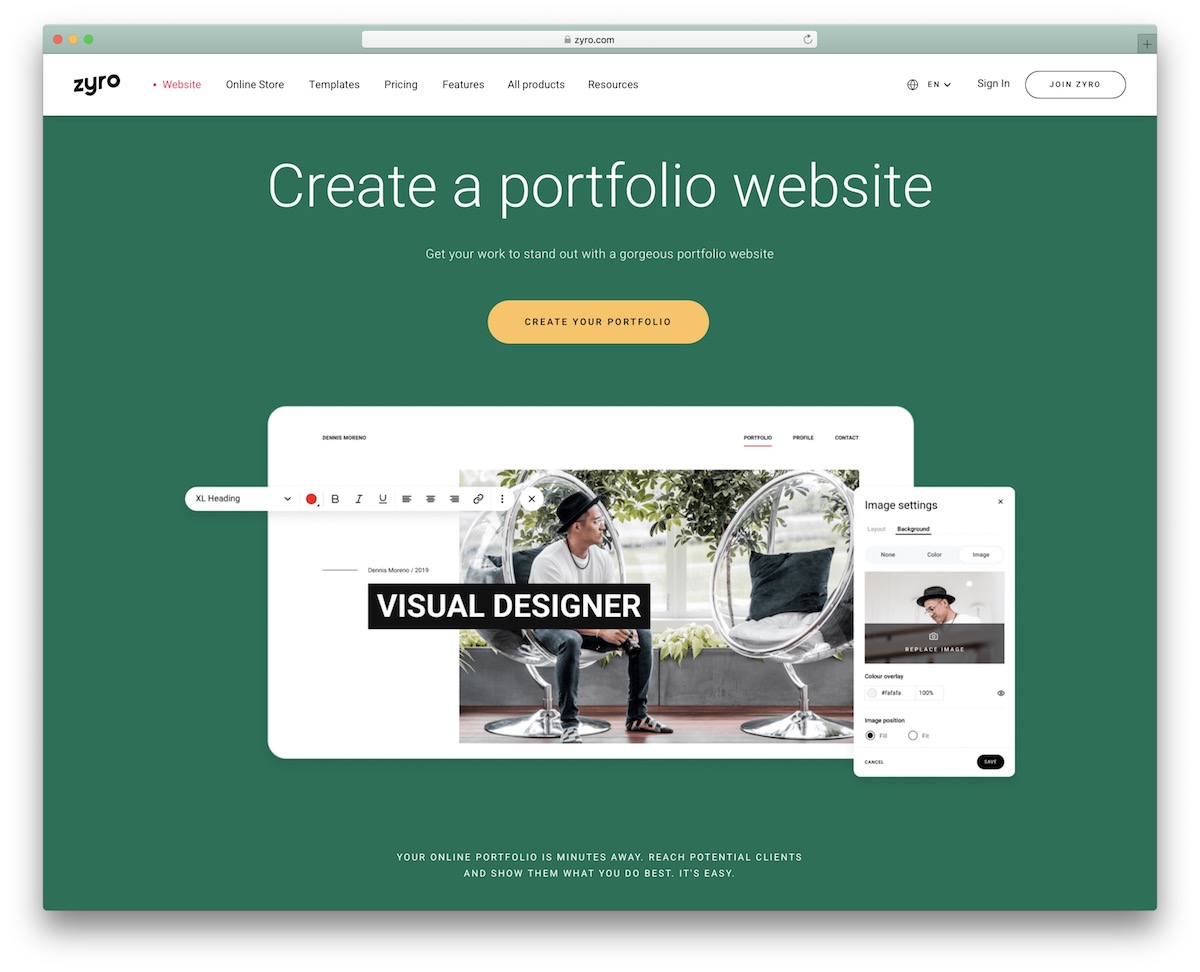
Case studies are detailed examinations of real-world projects or campaigns that showcase your skills and the results you achieved. They provide tangible evidence of your abilities and offer potential clients a glimpse into how you work and the value you can bring to their projects.
To write compelling case studies, follow these guidelines:
Define the Problem
- Clearly Artikel the problem or challenge that your client faced.
- Provide specific details and context to help readers understand the situation.
Describe Your Approach
- Explain the strategy and tactics you employed to address the problem.
- Highlight your creative thinking and problem-solving abilities.
Showcase the Results
- Quantify your results using specific metrics and data.
- Use visuals, such as charts or graphs, to demonstrate the impact of your work.
Include Testimonials
- Incorporate testimonials from clients to provide credibility and social proof.
- Choose testimonials that specifically highlight your skills and the value you provided.
Testimonials
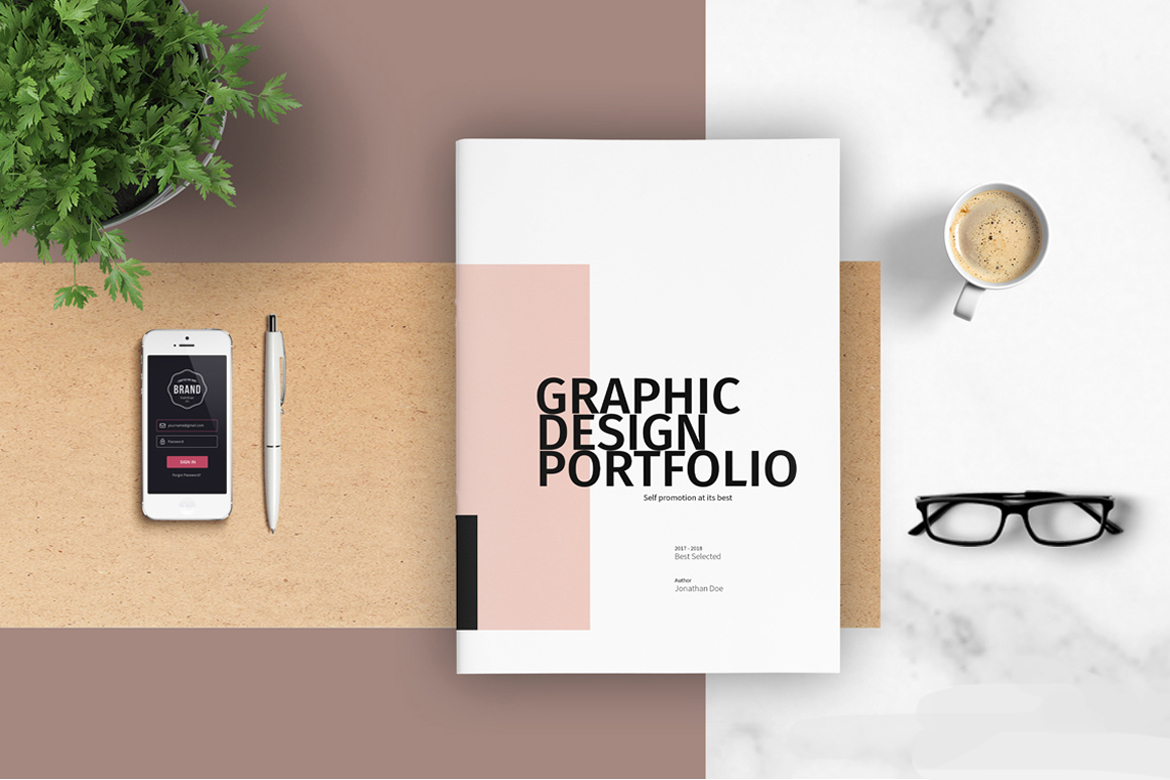
Testimonials are a valuable asset to any creative portfolio, as they provide social proof of your skills and experience. They can help you build credibility and trust with potential clients, and can be a deciding factor in whether or not someone chooses to work with you.
To collect testimonials, you can ask clients to write a few sentences about their experience working with you. You can also ask for permission to use quotes from emails or other communications. Once you have collected a few testimonials, you can incorporate them into your portfolio in a variety of ways.
Displaying Testimonials
One way to display testimonials is to create a dedicated page on your website. This page can include a collection of your best testimonials, along with a brief introduction about why you value client feedback.
You can also include testimonials in your portfolio PDF. This is a good option if you want to keep your portfolio concise, or if you want to share it with potential clients who may not have access to your website.
No matter how you choose to display them, testimonials are a powerful way to show potential clients that you are a talented and experienced creative professional.
Marketing and Promotion

Marketing and promoting your portfolio is crucial to reach potential clients and showcase your work. By effectively marketing your portfolio, you increase its visibility, attract qualified leads, and ultimately grow your business.
Here are some strategies to market and promote your portfolio:
Social Media Marketing
- Create a professional profile on platforms like LinkedIn, Behance, and Instagram.
- Share your portfolio, behind-the-scenes glimpses, and industry insights.
- Engage with potential clients and build relationships.
Content Marketing
- Create valuable content such as blog posts, articles, and videos that demonstrate your expertise.
- Share your content on your website, social media, and guest blogging platforms.
- Position yourself as a thought leader in your field.
Email Marketing, Portfolio for creatives
- Build an email list of potential clients and subscribers.
- Send regular newsletters featuring your latest work, industry updates, and special offers.
- Nurture relationships with potential clients through personalized email campaigns.
Networking
- Attend industry events and meetups.
- Connect with other creatives, potential clients, and influencers.
- Share your portfolio and discuss your work.
Paid Advertising
- Consider using paid advertising platforms like Google AdWords and Facebook Ads.
- Target potential clients based on demographics, interests, and behaviors.
- Track the results of your campaigns and optimize them for better performance.
Collaboration and Networking

Collaborating with other creatives can bring numerous benefits to your portfolio. It allows you to share ideas, learn new techniques, and gain access to a wider network of professionals. By working together on projects, you can create a more diverse and impressive portfolio that showcases your range of skills.Networking is essential for building your portfolio and connecting with potential clients.
Attend industry events, join online communities, and reach out to professionals in your field. By establishing relationships with other creatives, you can increase your visibility, get feedback on your work, and discover new opportunities.
Networking Strategies
- Attend industry events and meetups.
- Join online communities and forums.
- Reach out to professionals in your field via email or social media.
- Offer to collaborate on projects or exchange skills.
- Share your work and insights on social media and online platforms.
Keeping Your Portfolio Updated

A portfolio is a dynamic representation of your creative journey, and it should evolve as you grow. Regularly updating your portfolio ensures that it remains a fresh and relevant showcase of your best work.
Here are some tips for maintaining a portfolio that stands out:
Review and Refresh
- Take time to review your portfolio regularly and identify areas that need updating.
- Remove outdated projects or pieces that no longer reflect your current skill level.
- Add new work that demonstrates your growth and experimentation.
Seek Feedback
- Get feedback from peers, mentors, or industry professionals on your portfolio.
- Their insights can help you identify areas for improvement and refine your presentation.
Keep It Relevant
- Tailor your portfolio to the specific audience you’re targeting.
- Highlight projects that align with their interests and demonstrate your ability to meet their needs.
Showcase Process
- Include behind-the-scenes glimpses or case studies to provide context and demonstrate your creative process.
- This helps potential clients or employers understand your approach and the value you bring.
Portfolio Evaluation

Evaluating the effectiveness of your portfolio is crucial for continuous improvement and ensuring it aligns with your career goals. Regularly assess your portfolio’s impact and gather feedback to make informed decisions and enhance its overall quality.
There are several methods to evaluate your portfolio’s effectiveness:
Metrics Tracking
- Website Analytics:Track website traffic, page views, and user engagement metrics to understand how people interact with your portfolio.
- Social Media Engagement:Monitor social media interactions, such as likes, shares, and comments, to gauge the reach and impact of your portfolio.
- Job Interviews and Feedback:Pay attention to feedback received during job interviews or portfolio reviews. This can provide valuable insights into areas for improvement.
Feedback Gathering
Seeking feedback from peers, mentors, or potential employers can provide valuable insights into the strengths and weaknesses of your portfolio:
- Peer Reviews:Ask trusted colleagues or fellow creatives to review your portfolio and provide constructive criticism.
- Mentorship Programs:Join mentorship programs or connect with experienced professionals who can offer guidance and feedback on your portfolio.
- Portfolio Workshops:Attend portfolio workshops or events where you can present your work and receive feedback from industry experts.
Once you have gathered feedback, take the time to analyze it objectively and identify areas for improvement. Make necessary adjustments to your portfolio based on the feedback received, ensuring it remains current, relevant, and effective in showcasing your skills and experience.
FAQ Explained: Portfolio For Creatives
What are the essential elements of a creative portfolio?
Work samples, case studies, testimonials, and a clear narrative that showcases your skills and experience.
How do I choose a portfolio platform?
Consider factors such as ease of use, customization options, and visibility to potential clients.
What is the importance of tailoring my portfolio to specific industries or niches?
It demonstrates your understanding of the industry and your ability to cater to the specific needs of potential clients.